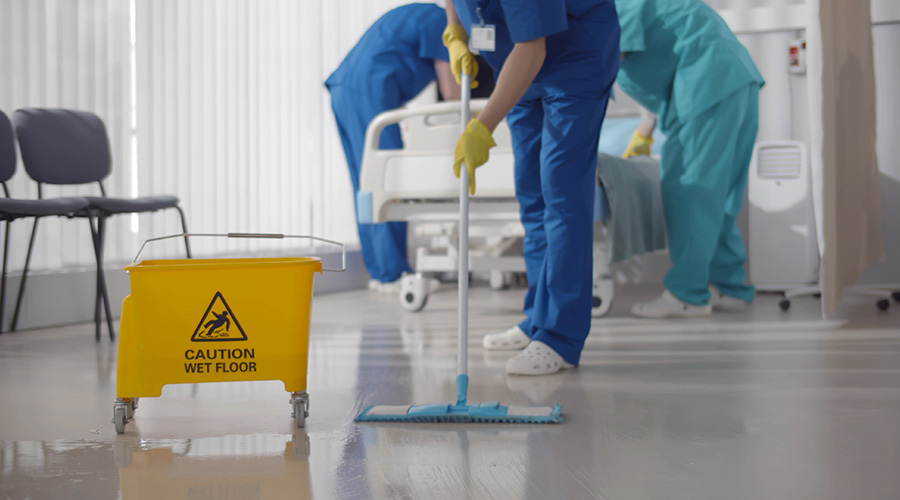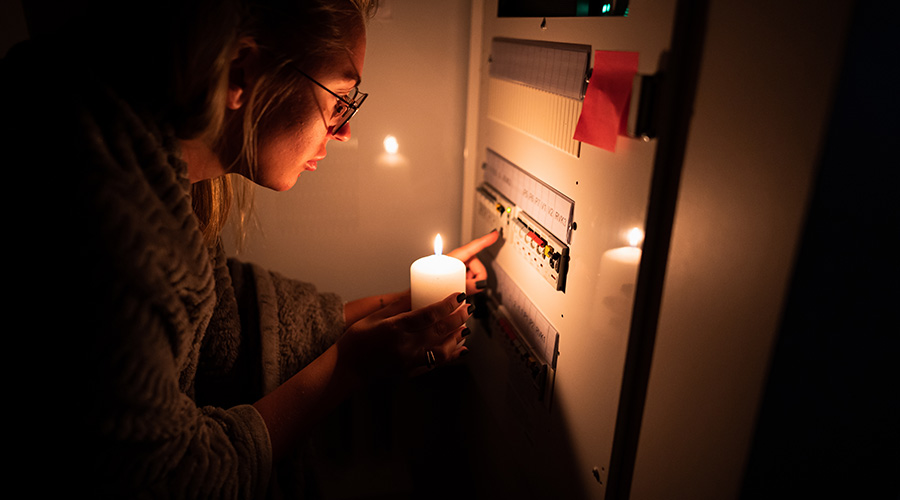A new study from the Center for Energy and Environment (CEE) examining the viability of duct sealing in commercial buildings, revealed several criteria that could be used to help identify buildings most likely to realize significant energy and cost saving benefits from duct sealing. These criteria include system type, operating pressure, design flow and apparent tightness. The study also concluded that aerosol-based duct sealing proved more effective and produced a faster return on investment (ROI) as compared to traditional duct sealing methods, particularly when access to ductwork was limited.
Highlights of the study, Duct Leakage and Retrofit Duct Sealing in Minnesota Commercial and Institutional Buildings, were presented by CEE Senior Research Engineer, Josh Quinnell, Ph.D., at an Aeroseal LLC-sponsored webinar held earlier this month.
“Duct leakage can result in a major hit on buildings’ energy use and cause a substantial increase in operating costs,” said Quinnell. “Our study identified key criteria to pinpoint those buildings that are most likely to experience leakage, and consequently benefit the most from duct sealing.”
The four criteria that can be helpful in identifying buildings with the biggest potential for energy savings include:
· System Type: Exhaust systems, especially those traversing unconditioned space; supply systems located in ceiling plenum returns; or supply systems with fully ducted returns.
· Operating Pressure: Operating pressure of at least 0.5” w.g. are acceptable, above 1.0” w.g. are preferred.
· Design Flow: Design flows greater than 4,000 cfm are acceptable, greater than 10,000 cfm are preferred.
· Apparent Tightness: Systems with existing sealant and systems of apparently tight construction (spiral, flanged & gasketed ductwork) are less likely to have substantial leakage.
The study also found that aerosol-based duct sealing was typically more effective than traditional duct sealing (tape / mastic), especially when the ducts were insulated or access to the entire duct system was limited.
“Using aeroseal technology, the median sealing rate was 86% and often reduced effectively to zero – among the highest energy conservation rates we’ve studied,” said Quinnell. “Our study predicts an average ROI of around seven years, achieved by first identifying the buildings best suited for sealing and then using the aerosol sealing process to do the work.”
 Contaminants Under Foot: A Closer Look at Patient Room Floors
Contaminants Under Foot: A Closer Look at Patient Room Floors Power Outages Largely Driven by Extreme Weather Events
Power Outages Largely Driven by Extreme Weather Events Nemours Children's Health Opens New Moseley Foundation Institute Hospital
Nemours Children's Health Opens New Moseley Foundation Institute Hospital Code Compliance Isn't Enough for Healthcare Resilience
Code Compliance Isn't Enough for Healthcare Resilience Ribbon Cutting Marks First Phase Completion for New Montefiore Einstein Facility
Ribbon Cutting Marks First Phase Completion for New Montefiore Einstein Facility